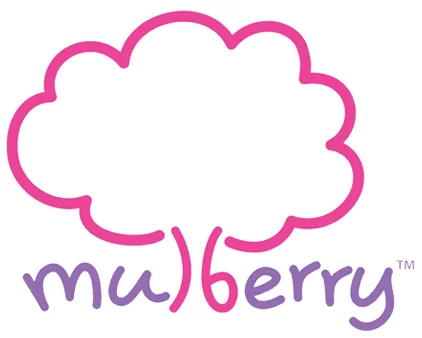How to Spark Language Development Through Storytelling and Creative Writing
How to Spark Language Development Through Storytelling and Creative Writing
We all want our children to have the best possible start in life. One of the most effective ways to achieve this is through storytelling. Stories play a crucial role in the development of children, improving their ability to speak and listen. When we tell our kids stories, we foster their language and cognitive development, which is essential for learning, communicating, and interacting with others.
Storytelling and creative writing are powerful tools for sparking language development in children. These activities not only enhance language skills but also promote creativity, critical thinking, and emotional expression. By encouraging our children to engage in these activities, we can help them develop important skills that will serve them well throughout their lives.
Here are some strategies to encourage language development through storytelling and creative writing:
Establish a Storytelling Routine

Designate a specific time for storytelling or creative writing. Consistency helps build anticipation and makes storytelling a regular part of the child’s routine. Moreover, it provides opportunities for children to create and share their stories. This can be done orally or through drawing, encouraging imagination and language expression.
Read Aloud

Read a variety of age-appropriate books, including fiction, non-fiction, and poetry. Exposure to diverse genres broadens vocabulary and language comprehension.
Engage children in interactive reading by asking questions, discussing the plot, and predicting what might happen next. This enhances comprehension and critical thinking skills.
Story Starters and Prompts

Provide images or objects as story starters. Ask children to create a story based on their observations, stimulating creativity and descriptive language.
Introduce a few specific words and challenge children to incorporate them into their stories. This expands their vocabulary and encourages word usage.
Story Mapping and Sequencing

To help children understand the structure of a story and enhance their storytelling skills, it’s a good idea to create visual story maps that include key elements such as characters, setting, problem, and resolution.
Another effective method is to have them arrange picture cards or sentences in the correct sequence, reinforcing the concepts of beginning, middle, and end.
Expand Vocabulary

Introduce a “Word of the Day” and challenge children to incorporate it into their storytelling or writing. This expands their vocabulary and language usage. Explore specific themes or topics in stories to introduce new words and concepts. Discussing these themes enhances language comprehension and expression.
TAKE AWAY
By integrating these strategies into everyday activities, parents and educators can create an environment that not only promotes language development but also fosters a love for storytelling and creative expression. Remember that each child is unique, so adapt these activities to suit individual preferences and developmental stages.
Mulberry School Tour
Our Locations
Click here to visit our Contact Us page and view the preschool/infant care centres conveniently located near you.
CONNECT WITH US
USEFUL LINKS
About Us
Mulberry Learning prides itself on making the preschool experience both memorable and enjoyable while transforming a child into a competent explorer, an imaginative thinker, and a creative problem solver. Through our proprietary award-winning curriculum, unique Habits of Mind programme and dedicated staff who are passionate about imparting positive attitudes, Mulberry Learning holds strong in its promise to deliver a holistic education that nurtures the Future Ready Child.
A PREMIUM PRESCHOOL BRAND UNDER GLOBAL EDUHUB


